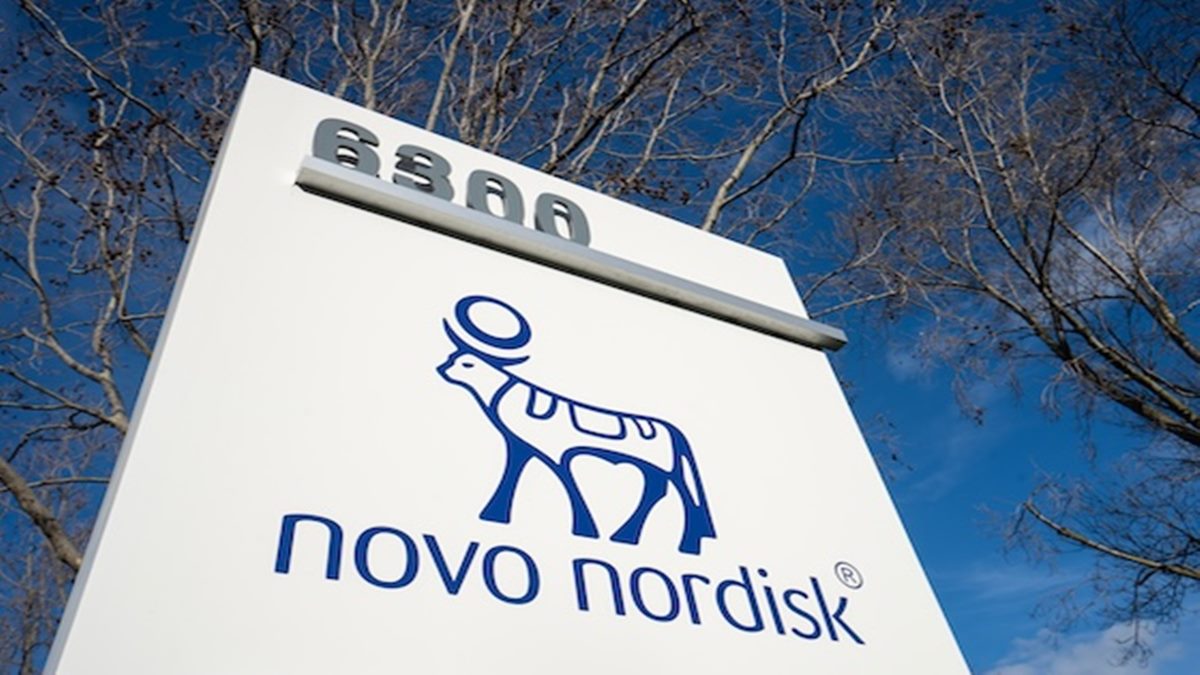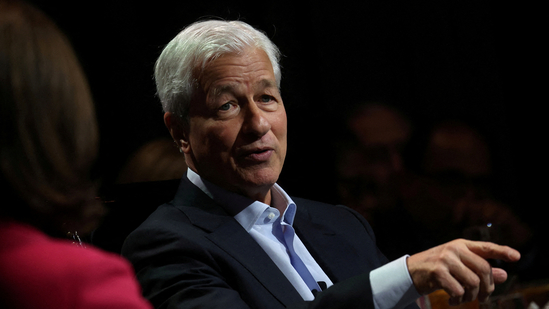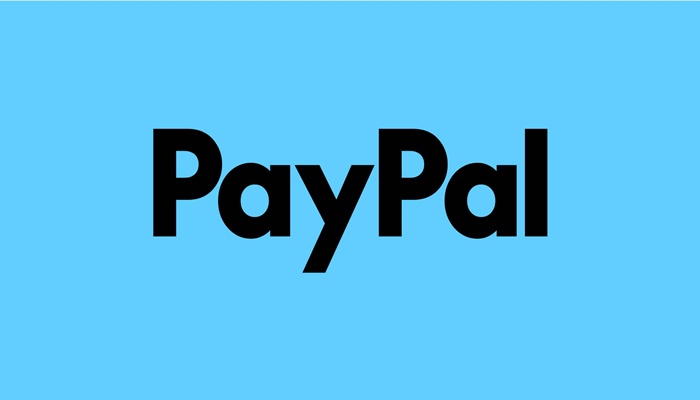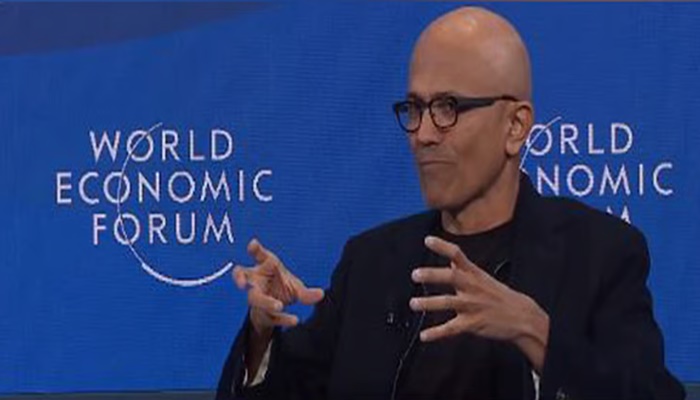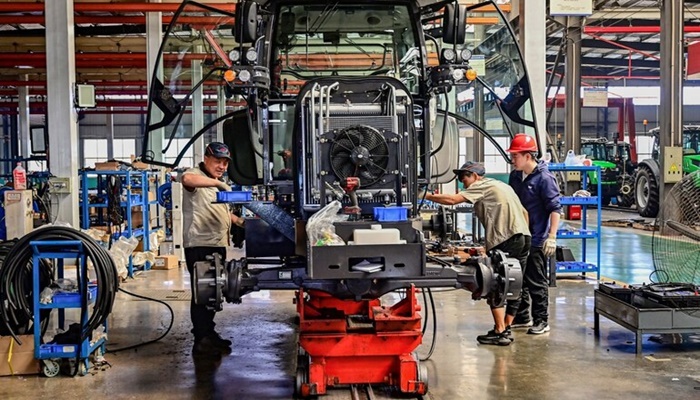The war for talent has changed. For years, it was a bidding war, with the highest salary winning the prize employee. That era is over. While fair pay is still the price of entry, a toxic work environment is now the number one reason people quit.
The shift changes everything. Data shows that employees are increasingly willing to trade a bigger paycheck for a better workplace—one that offers flexibility, purpose, and respect. Understanding this is now the key to attracting and retaining a great team.
A toxic culture is the top driver of turnover
The numbers don’t lie. A negative work environment pushes people out the door far more effectively than a mediocre salary.
A 2024 SHRM report found that a toxic culture was the top reason employees left their jobs (32%), followed closely by poor leadership (30%). Unsatisfactory pay came in a distant sixth at just 20%. The message is clear: people don’t leave jobs, they leave bad cultures and bad bosses.
An analysis by MIT Sloan drove this point home, concluding that a toxic culture is ten times more powerful than compensation at predicting employee turnover. A disrespectful or unethical environment acts as a massive ‘push’ factor that no amount of money can fix.
Pay is foundational, not a differentiator
Think of compensation as the ticket to the game. You need it to get in the door, but it doesn’t guarantee you’ll enjoy your time or want to stay. The Conference Board’s 2023 Job Satisfaction report put it bluntly: “once workers are paid competitively, a strong workplace culture is the most important factor for keeping workers.”
When pay feels unfair, it erodes an employee’s sense of value. However, many companies make the mistake of throwing money at a culture problem.
This strategy almost always fails. A high salary is just a temporary bandage on a deeper wound. Once foundational pay needs are met, culture takes over as the deciding factor.
Good culture is good business
On the other hand, a great organisational culture directly fuels employee engagement, which in turn drives concrete business results.
A study by Gallup found that highly engaged teams see lower turnover rates and absenteeism, higher productivity, and higher sales. They also have 63% fewer safety incidents. The connection between a healthy environment and a healthy bottom line is undeniable.
Conversely, the cost of disengagement is staggering. With global engagement at a low of 21%, the world economy loses an estimated $438 billion in productivity.
For a typical S&P 500 company, the combined cost of disengagement and attrition can be as high as $228 million a year. Investing in culture isn’t a soft initiative; it’s a direct investment in performance and risk mitigation.
The pillars of a high-value workplace
So what does a winning culture actually look like? It’s built on four key pillars:
- Psychological safety and trust: This is the bedrock of culture. Employees need to feel safe to speak up, take risks, and be themselves without fear of punishment. This requires transparent communication and supportive managers.
- Quality leadership: Managers account for 70% of the variance in team engagement. They are the primary channel through which your company’s culture is experienced. Good managers create engaged teams; bad managers create attrition.
- Genuine flexibility: The demand for flexibility is here to stay. It’s a top reason employees join a company and a top reason they leave. For many, the ability to integrate work and life is non-negotiable. One experiment found 15% of employees wouldn’t return to a five-day office week for any amount of money.
- Purpose and recognition: People want to know their work matters. Meaningful work is the second-most important contributor to well-being, right after work-life balance. Feeling appreciated is also a powerful motivator. Employees whose company acts on their feedback are less likely to look for a new job.
The nuance: Inflation, demographics, and real life
Of course, the decision isn’t always as simple as “culture over cash.” Economic pressures and life circumstances add important layers of complexity.
Persistent inflation has made fair pay an urgent, non-negotiable need. Financial stress is a major factor that can negatively impact work performance. A great culture isn’t a shield against poaching if your team can’t afford rent.
Demographics also play a huge role:
- Gen Z shows the strongest preference for culture, with 71% saying they would take a pay cut for more meaningful work.
- Millennials are often balancing family responsibilities, requiring both financial security and flexibility.
- Parents and caregivers may value predictable schedules and generous leave far more than a modest salary bump.
Culture as a long-term career strategy
Choosing a workplace is not just about the immediate paycheck; it’s an investment in your future.
A high salary in a toxic environment is often a depletive asset. It provides cash now but erodes your health, skills, and motivation over time.
The stress can lead to burnout and serious health issues, with costs that quickly offset the higher pay. These jobs often lead to career stagnation as employees focus on surviving rather than growing.
A fair salary in a supportive culture is an accretive asset. It provides sufficient income while building appreciating assets: new skills, a strong network, mentorship, and resilience.
In a growth-oriented environment, an employee can easily double their salary in five years by advancing into leadership roles, far outpacing the person stuck in a dead-end, high-paying job.
The most strategic long-term financial decision is often to choose the environment that offers the highest rate of learning and growth.
How to build a winning workplace
For leaders, the path forward is clear. The old, pay-focused model is broken. To compete, organisations must build a holistic Employee Value Proposition where fair pay is the foundation, amplified by a culture of support, flexibility, and growth.
Here’s how you can start:
- Audit both pay and culture. Run a pay equity audit to ensure fairness and a cultural health audit to measure engagement, safety, and trust. Address gaps in both simultaneously.
- Invest in your managers. Your managers are the linchpins of your culture. Train them to be empathetic leaders who can foster psychological safety and support employee well-being.
- Communicate a “total rewards” package. Go beyond base salary. Clearly articulate the full value of benefits, bonuses, equity, and wellness programs to show employees the complete picture of their compensation.
- Embrace radical flexibility. Ditch the one-size-fits-all policy. Empower teams to create work arrangements that fit their specific needs, acknowledging different life stages and work styles.
- Build and market career pathways. Show your employees a future at your company. Create visible internal career ladders to demonstrate a commitment to their long-term growth and earning potential.
The era of using a high salary as a bandage for a broken culture is definitively over. A company’s most valuable asset is now a workplace engineered for human resilience and growth. Its foundation is the deep, intentional work of fostering trust, psychological safety, and genuine purpose. This is the only investment that compounds over time, building capital that can outlast any market cycle. The organisations that thrive will be those that build their people, not just their products.


